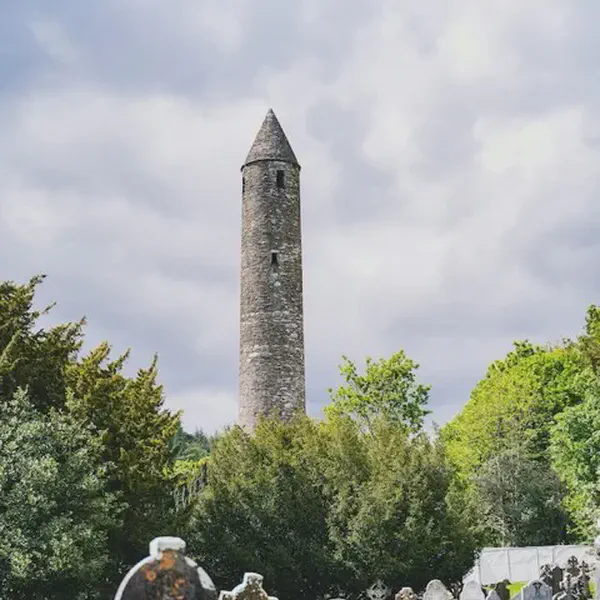On September 11, 1297 in Celtic History
Victory of wallace at stirling bridge, scotland

On September 11, 1297, Wallace achieved victory at the Battle of Stirling Bridge. Although vastly outnumbered, the Scottish forces led by Andrew de Moray (a more prominent noble, being a first son) and with Wallace as their captain, routed the English army. The Earl of Surreys professional army of 300 cavalry and 10,000 infantry met disaster as they crossed over to the north side of the river. The narrowness of the bridge prevented many soldiers from crossing together (possibly as few as three men abreast), so while the English soldiers crossed, the Scots held back until half of them had passed and then killed the English as quickly as they could cross. English soldiers started to retreat as others pushed forward, and under the overwhelming weight, the bridge collapsed and many English soldiers drowned. Unbeknownst to the now chaotic English army, part of the Scots army had forded further up the river. With the English army divided opposite each bank of the river, the two Scot forces pressed both halves of the English army towards the river. The Scots won an overwhelming victory and hugely boosted the confidence of their army. Hugh Cressingham, Edwards treasurer in Scotland, died in the fighting. Moray died of wounds suffered on the battlefield three months after the Battle of Stirling Bridge. Upon his return from the Battle of Stirling Bridge, Robert the Bruce knighted and elected Wallace the Guardian of the Kingdom of Scotland and Leader of its armies, now Sir William Wallace.
More From This Day

Referendum on Devolution which approved the creation of a new Scottish Parliament by a substantial majority.
September 11, 1997


Proportional representation for local elections is abolished in Northern Ireland
September 11, 1922

Dail Eireann is suppressed as a dangerous association by the British government and membership is deemed to be a crime
September 11, 1919



Massacre at Drogheda. Cromwell captures the town and slaughters the garrison
September 11, 1649

Battle of Stirling Bridge, Wallace (as famously portrayed by Mel Gibson in Braveheart) defeats Edward I.
September 11, 1297